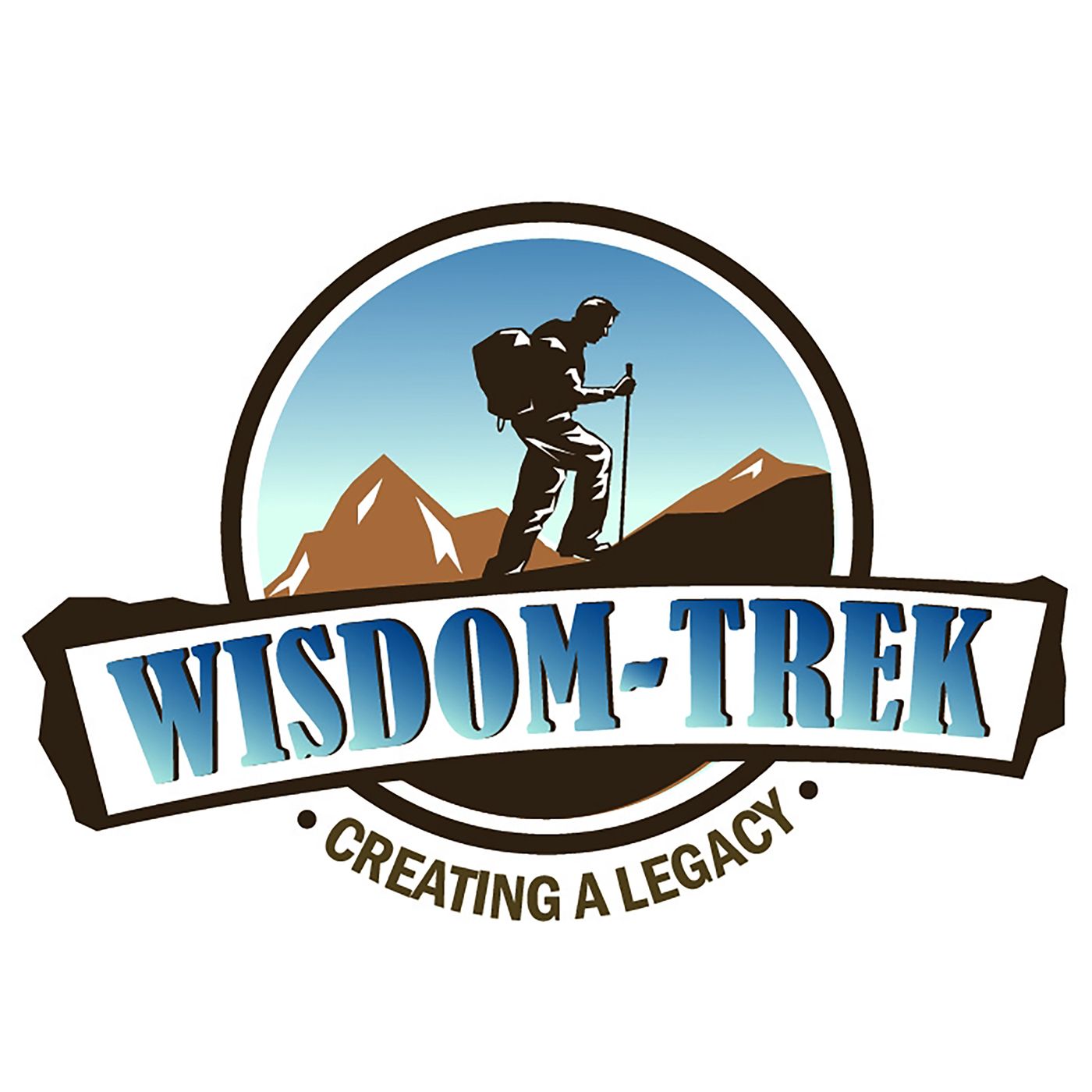- religion
- SEE MORE
- classical
- general
- talk
- News
- Family
- Bürgerfunk
- pop
- Islam
- soul
- jazz
- Comedy
- humor
- wissenschaft
- opera
- baroque
- gesellschaft
- theater
- Local
- alternative
- electro
- rock
- rap
- lifestyle
- Music
- como
- RNE
- ballads
- greek
- Buddhism
- deportes
- christian
- Technology
- piano
- djs
- Dance
- dutch
- flamenco
- social
- hope
- christian rock
- academia
- afrique
- Business
- musique
- ελληνική-μουσική
- World radio
- Zarzuela
- travel
- World
- NFL
- media
- Art
- public
- Sports
- Gospel
- st.
- baptist
- Leisure
- Kids & Family
- musical
- club
- Culture
- Health & Fitness
- True Crime
- Fiction
- children
- Society & Culture
- TV & Film
- gold
- kunst
- música
- gay
- Natural
- a
- francais
- bach
- economics
- kultur
- evangelical
- tech
- Opinion
- Government
- gaming
- College
- technik
- History
- Jesus
- Health
- movies
- radio
- services
- Church
- podcast
- Education
- international
- Transportation
- Other
- kids
- podcasts
- philadelphia
- Noticias
- love
- sport
- Salud
- film
- and
- 4chan
- Disco
- Stories
- fashion
- Arts
- interviews
- hardstyle
- entertainment
- humour
- medieval
- literature
- alma
- Cultura
- video
- TV
- Science
- en
Day 2251 Hebrews-11 Once More...Melchizedek Daily Wisdom

Welcome to Day 2251 of Wisdom-Trek, and thank you for joining me. This is Guthrie Chamberlain, Your Guide to Wisdom Hebrews-11 Once More...Melchizedek \u2013 Daily Wisdom Putnam Church Message \u2013 06/25/2023 \u201cOnce More\u2026Melchizedek\u201d Hebrews 7:1-17 Last week, we continued our extended series through the book of Hebrews in the New Testament. Our focus switched from the strong warnings from the previous week, and we looked at \u201cThe Brighter Side\u201d of our journey that we, as believers, need to mature spiritually. This week, we will drill down on that elusive and mysterious figure in the Old Testament, also a contemporary of Abraham. Long before God established the priesthood of His chosen people, we see a King and High Priest named Melchizedek. Today\u2019s message will be more academic due to the content as we probe the similarities and differences between Melchizedek and Jesus Christ. We will see that the author uses a series of building blocks to build and support his arguments. (Legos) \xa0 Let\u2019s take a little road trip first. We, as a family, have taken several road trips throughout our life. There may have been a time or two when they were just \u201cjoy rides\u201d to explore unfamiliar scenery, but most of the time, we had a specific destination on the itinerary along with a basic ETA. Our trips were almost always business-related, but we added side trips to places of interest. Depending on where we were going and the trip's purpose, we would most often take the fastest, most direct route\u2014usually an interstate with a high speed limit. Occasionally, we would take \u201cthe scenic route\u201d\u2014winding back roads, frequent slow zones through sleepy towns, and occasional stops at historical markers or scenic overlooks. Scenic routes are never the fastest, most efficient roads to the destination but are almost always the most interesting. \xa0 Like most of our travels, the author's goal of Hebrews is clear and straightforward, with a fixed destination in mind: to demonstrate that Christ is superior in His person and work. Sometimes, in his treatment of this central theme, the writer takes a straight, direct route to his destination, as he did with the explicit, straightforward language of Christ\u2019s power and deity in Chapter 1. However, at other times, the writer takes the scenic route, meandering through a variety of sometimes-obscure Old Testament passages, slowing down to employ methods of explanation very familiar to his first-century Jewish audience, but unfamiliar to most of us in the twenty-first century. In doing so, he stops to explore intricate parallels,/ comparisons,/ and contrasts. \xa0 Hebrews 7:1\u201317 is one such scenic route, often challenging for us to follow because of significant differences between the original audience and our 21st-century mindset. The original audience consisted of men and women of Jewish heritage who had come to embrace Jesus as their long-awaited Messiah. Most of us are Gentiles who accepted Jesus as the world's Savior but weren\u2019t raised in Jewish culture and tradition. The original audience was intimately familiar with Old Testament imagery of the Law, /the priesthood, /sacrifices, /and temple worship. Many had been personally involved in these Jewish practices most of their lives. We, however\u2014whether Jews or Gentiles\u2014have never been involved in sacrifices or temple worship. We know about these things only from the pages of Scripture and historical sources. Finally, first-century Jews would